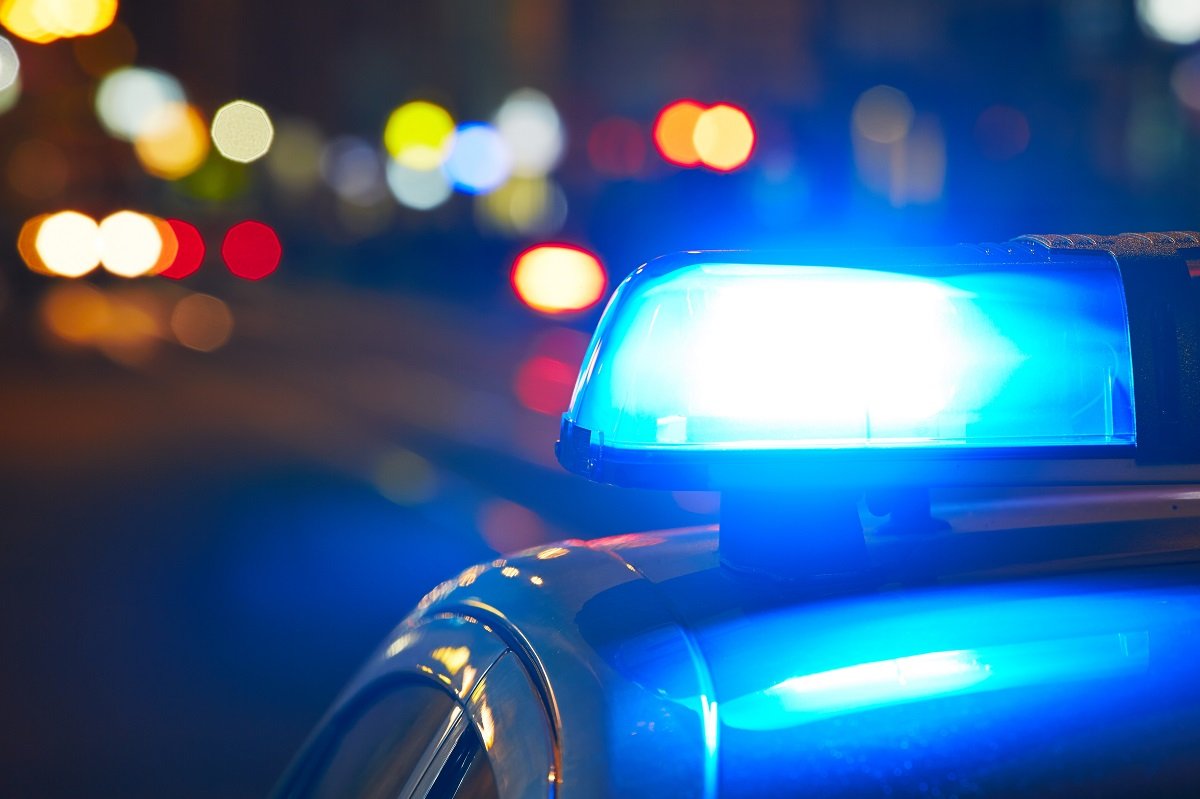Your employees are the lifeblood of any business. Even for small startups and restaurants, an employee alone can make a considerable difference in what needs to be done. However, almost any type of business will need to expect the unexpected in just about any circumstance. A good portion of the United States has different climates.
For most small businesses, disasters can be catastrophic if no necessary preparations are made. Whether it’s retail stores, office startups, or commercial spaces that serve food and beverages, most will call a meeting right after any significant natural disaster. That helps assess the damage to the situation and adapts to future incidents that might happen. Most of the time, these meetings and brainstorming sessions will help devise a plan, and businesses can practice disaster response. These tests will help emulate real-life levels of stress, which can help identify some aspects that need improvement.
Disasters don’t just come in the form of natural calamities; even violent crimes can affect most businesses’ productivity and state, especially break-ins and robberies. Therefore, preparing for different situations will help mitigate any risks towards your employees and the capital of your business. Something as simple as a police siren and alarm can deter the acts of malicious individuals.
Disaster Planning
The goal of almost every disaster preparedness plan is to minimize any risks and injuries that are detrimental to the well-being of your employees. Ultimately, this also makes sure that your business is in a functional condition, even after a calamity.
So what are the steps that need to be taken?
Identifying Risks
First and foremost, natural calamities and disasters can strike at any given moment. Most natural disasters are related to weather conditions, storms, and geological activities, such as earthquakes.
What are some disasters that are endemic to the country? Here are some that you might have to keep in mind for your business:
- Hurricanes
- Blizzards and cold weather conditions
- Hail storms
- Earthquakes
- The sudden appearance of tornadoes
- Wildfires
- Flooding and storm surges
- Certain deadly contagious diseases
Another factor to consider is that certain areas will have higher crime rates than others. Most of the time, these areas will have retail stores and businesses. Although, the risks still balanced out with the reward of being in these areas, which is why most business owners can always make a good living and are willing to accept the risks that these neighborhoods pose. Therefore, most of these businesses will use different security measures to deter crime.
Devising a Plan
Next, after looking into where your business is situated in and what type of a calamity is usually prevalent in the area, it’s now time to start devising a plan. As a business owner, you might have to take up the mantle of the person who will be in charge of disaster management. If not, you can assign an employee to take charge of daily preparedness exercises.
The nature of the plan will also depend on the type of business that you’re in. Do you have to ship out delivery boxes every day while being located in flood-prone areas? It might be wise to keep them in places that are dry and away from low-level areas.
Implementing Regulations
 Having rules and regulations in the workplace can ensure that everyone is safe, and the risk of getting injuries is minimized. Not only will you have to determine the hazards within your area, but having a building that is designed for disasters can help protect assets and capital.
Having rules and regulations in the workplace can ensure that everyone is safe, and the risk of getting injuries is minimized. Not only will you have to determine the hazards within your area, but having a building that is designed for disasters can help protect assets and capital.
Most of the time, building regulations are set in conjunction with these environmental factors. For instance, Japan is known for having one of the most geologically active tectonic plates in the Pacific. Therefore, architects and engineers have used viscoelastic materials known to easily absorb high amounts of kinetic energy while also being flexible.
Disasters can have a cascading effect and can lead to even more hazards. For instance, a significant earthquake in Japan leads to a nuclear accident of nuclear reactors in Fukushima. Fortunately, the nuclear reactors in the area are designed to withstand seismic activity in the area. This type of preparedness has ensured the safety of thousands of individuals who have been living in the region.
If this is the case, it is then imperative to be prepared in almost any type of disaster that might strike.
Contingency Plans
With calamities and weather conditions happening more frequently and with even more intensity, it’s best to plan ahead of time with a contingency plan. It will be your emergency plan when a natural disaster hits. We have to accept the fact that we can’t stop natural disasters from happening. A contingency plan will help safeguard your property value.
If you’re in doubt of the plan that you’ve just devised, several government plans are designed for almost any type of disaster.
Disaster preparedness is crucial, not just in ensuring that your company’s assets are secure against natural disasters, but can also keep your employees safe from harm’s way.